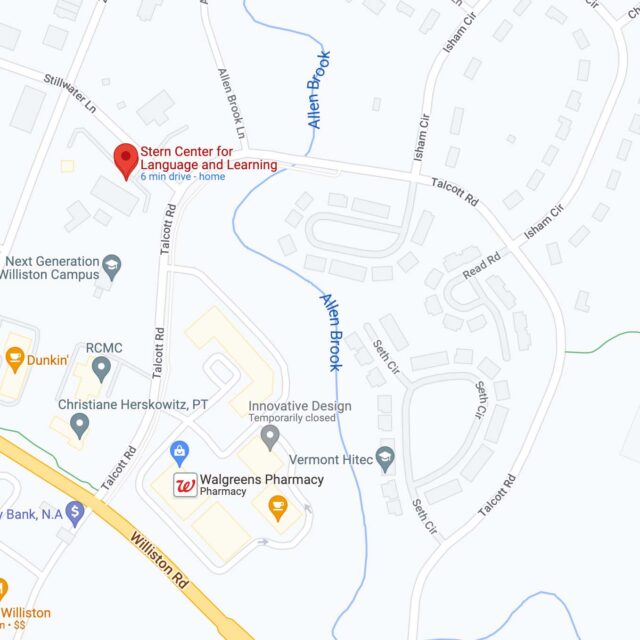
By Leigh Buettler, M.S.Ed., Director of Professional Learning

When I was teaching in a public school, I would listen to my students read aloud to me so I could gather data on their accuracy, automaticity, and expression. This is probably a familiar practice for you, too. One morning I settled down with a first-grade student and a decodable book about cats. He was an enthusiastic student who loved to demonstrate what he was learning and enjoyed reading aloud. However, this particular morning he began to read haltingly, stumbling and correcting himself far more than usual. As he went on, I began to hear a slight tremor in his voice, which grew and grew, until large tears dropped onto the pages. He closed the book and started to sob.
“What’s the matter?” I asked, taken aback by this out-of-character outburst.
“My c-c-cat died,” he wailed. My stomach knotted.
“Oh no, I’m so sorry!” I reached out to rub his back as he sat with his head in his hands.
“He died before I was born! I never got to meet him!” His shoulders continued to shake as he wept, the book thrown to the side.
Sometimes, the kindness and empathy of our students can take surprising turns.
I think about this student often when I think about gathering data. Data is an incredibly important tool in education, as we think about what our students currently know and are able to do, and the goals we set for them in terms of how we want them to progress and develop their knowledge and skills. There is no shortage of assessments, and there is no limit to the amount of anecdotal and observational data we can collect on our students. Reflecting on our assessment landscape can help us identify which data points are actionable to make instructional decisions.
If I had only listened to this student read at this one time, or had this moment happened during a benchmark assessment, I could have taken a much different perspective on how that student performed as a reader. When considered with all the other reading fluency data points I had gathered on this student’s reading abilities, along with other data from observations, formative assessments, and summative assessments, this data point clearly stood out as an outlier. When we rely too heavily on one assessment tool or confine our insight to one data point, we can miss the forest for the trees.
Just as student learning emerges most clearly through multiple measures, the greatest breakthroughs for school-wide instructional planning come from looking at patterns with our colleagues above and below our grade level. Specifically, diving into case studies together can really illuminate for our teams how to shape our classroom practice.
Dr. Melissa Farrall, an Affiliated Distinguished Scholar at the Stern Center, will be facilitating her six-part series on using case studies to implement effective instruction starting in early April. You can enroll for specific dates and topics, which range from basic reading to oral expression to reasoning and computation or enroll for all six topics at a discounted rate. This series delves into using a case study model, analyzing background history, progress monitoring data, other testing data, and observations, and how to create a clear path for instructional responses to help move the student forward. This is an excellent series that empowers teachers to deeply understand what our students know and are able to do and identify where they need continued support to make the most progress possible.
In addition to the case studies series, an assessment inventory can help you reflect on how you currently collect data. By delving deeper into data, collaborating with colleagues, uncovering the narrative within data points, and basing instructional decisions on the insights gained, we can better meet our students’ needs and support their progress.
Happy March,
Leigh Buettler
Director of Professional Learning
